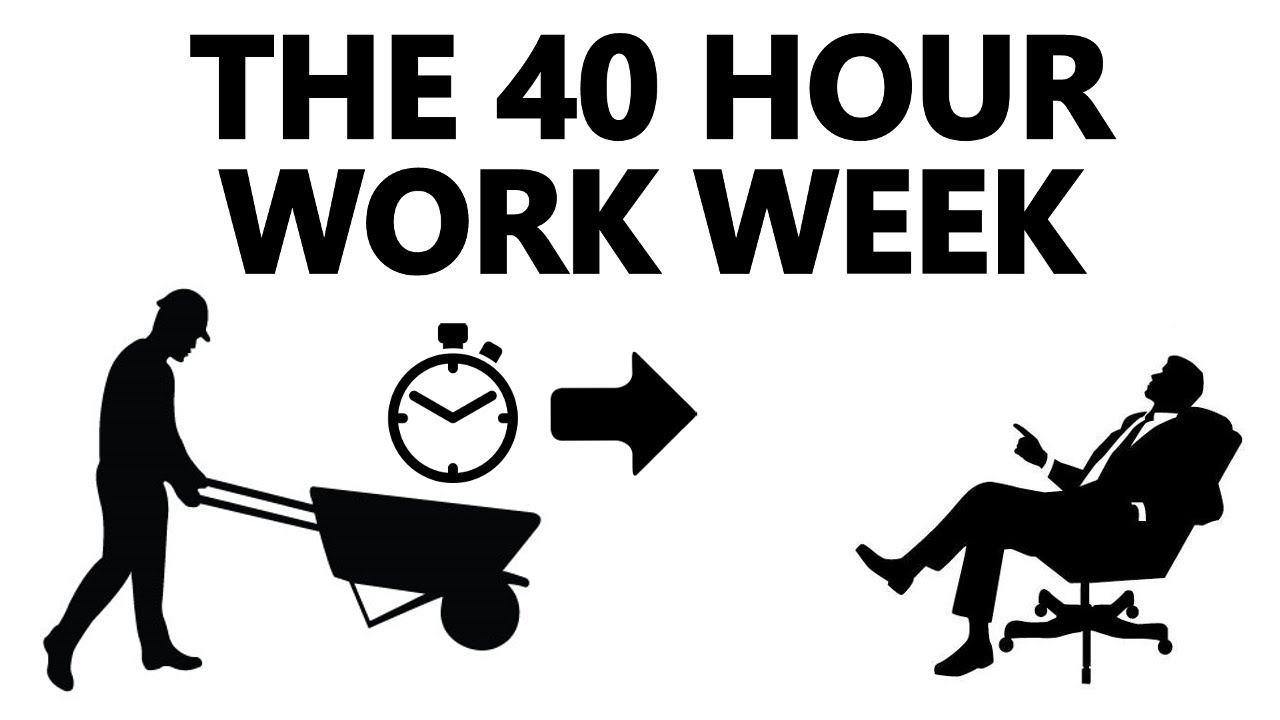Prolonged Sitting At Work Consequences
Prolonged sitting at work refers to spending long periods of time sitting down in a seated position, typically in a work setting such as an office or a desk job. This can include sitting at a desk, in front of a computer, or in meetings for extended periods of time without taking breaks to stand up and move around.

Prolonged sitting at work often involves maintaining a fixed posture, which can lead to physical and mental fatigue, stiffness, and discomfort, as well as increased risk of health problems such as obesity, diabetes, cardiovascular disease, and certain types of cancer.
What Is Acceptable Sitting Time For Work Without Negative Consequences?
There is no one-size-fits-all answer to this question, as the amount of sitting time that is “good enough” without negative consequences can vary depending on a number of factors, including age, health status, and physical activity level.
However, a general guideline that is often recommended is to try to limit sitting time to no more than 30 minutes at a time and to get up and move around for at least a few minutes every hour.
Some experts also recommend aiming for a total of 150 minutes of moderate-intensity physical activity per week, which can help counteract the negative effects of prolonged sitting. This can include activities such as brisk walking, cycling, or swimming.
Negative Impacts of Prolonged Sitting At Work
Increased risk of obesity: Sitting for prolonged periods of time can cause a slower metabolism, which means your body burns fewer calories than it would if you were standing or moving around. This can contribute to weight gain and an increased risk of obesity. Additionally, when we sit, we tend to snack more frequently, which can also contribute to weight gain.
Poor posture: Sitting for extended periods of time can cause poor posture, which can lead to back and neck pain, as well as other musculoskeletal disorders. When we sit, we tend to slouch forward and round our shoulders, which can cause strain on the neck and upper back. Over time, this can lead to muscle imbalances and pain.
Increased risk of cardiovascular disease: Prolonged sitting has been linked to an increased risk of cardiovascular disease, including heart disease and stroke. When we sit for extended periods of time, blood flow to the legs decreases, which can cause blood to pool in the lower extremities. This can lead to the formation of blood clots, which can travel to the lungs and cause a pulmonary embolism. Additionally, sitting for long periods of time can increase blood pressure and cholesterol levels, both of which are risk factors for cardiovascular disease.
Increased risk of diabetes: Studies have found that prolonged sitting can lead to insulin resistance, which is a precursor to type 2 diabetes. When we sit for extended periods of time, our muscles become less sensitive to insulin, which can lead to higher blood sugar levels. This can eventually lead to insulin resistance and type 2 diabetes.
Increased risk of certain types of cancer: Some studies have found a link between prolonged sitting and an increased risk of certain types of cancer, including breast, colon, and endometrial cancer. The exact mechanisms behind this link are not yet fully understood, but it is thought that prolonged sitting may contribute to inflammation and oxidative stress, both of which are known risk factors for cancer.
Reduced mental health: Prolonged sitting can also have negative effects on mental health, including increased anxiety and depression. When we sit for extended periods of time, we tend to become more sedentary and isolated, which can lead to feelings of loneliness and depression. Additionally, sitting for long periods of time can contribute to stress and anxiety, both of which are known risk factors for poor mental health.
Increased risk of deep vein thrombosis (DVT): Sitting for prolonged periods of time can increase the risk of DVT, which is a blood clot that forms in a deep vein, usually in the legs. When we sit for extended periods of time, blood flow to the legs decreases, which can cause blood to pool in the veins. This can increase the risk of blood clots forming.
Decreased circulation: Prolonged sitting can also decrease circulation, especially in the lower extremities. This can cause swelling, varicose veins, and other circulatory issues.
Reduced flexibility: When we sit for extended periods of time, our muscles can become stiff and tight, which can reduce flexibility and increase the risk of injury. This is particularly true for muscles in the hips and legs, which can become shortened and tight from prolonged sitting.
Increased risk of musculoskeletal disorders: Prolonged sitting can increase the risk of musculoskeletal disorders, including lower back pain, neck pain, and carpal tunnel syndrome. When we sit for extended periods of time, we may hold our bodies in awkward positions, which can cause strain on the muscles and joints.
Decreased productivity: Finally, prolonged sitting can decrease productivity and cognitive function. When we sit for extended periods of time, our brains may become sluggish and we may have difficulty focusing on tasks. Additionally, prolonged sitting can lead to fatigue and decreased energy levels, which can make it harder to complete tasks efficiently.
Advantages of Prolonged Sitting At Work
While prolonged sitting at work has been associated with several negative health consequences, such as those mentioned earlier, it is important to note that there may be some advantages to sitting for extended periods in certain situations. For example:
Increased focus and concentration: When we are seated and working on a task, we may be better able to focus our attention and maintain concentration for longer periods of time than when we are standing or moving around.
Reduced physical strain: For individuals with certain physical conditions or injuries, sitting may be a more comfortable and less physically demanding position than standing or engaging in other types of physical activity.
Opportunities for rest and relaxation: After engaging in physically demanding activities or exercise, sitting can be a good way to rest and recover before engaging in additional physical activity.
It is important to note, however, that these potential advantages of prolonged sitting at work may not outweigh the potential negative health consequences, and that taking regular breaks to stand up, move around, and engage in physical activity is still highly recommended for overall health and well-being.
To combat these additional health hazards of prolonged sitting, it’s important to incorporate movement and stretching breaks throughout the day, as well as ergonomic adjustments to your workstation, such as using a standing desk or adjusting the height of your chair. Regular physical activity outside of work can also help counteract the negative effects of prolonged sitting on overall health and well-being.
Do you like the article? Please comment, and share with loved ones. You can as well buy me a drink through this link. You can read more about work here.



